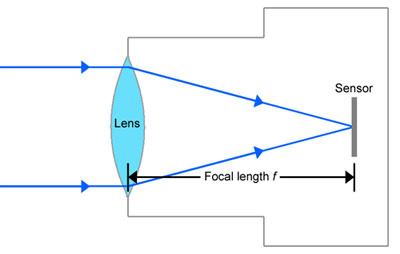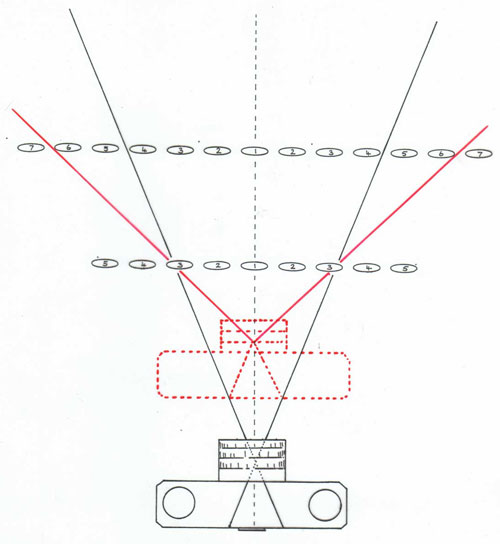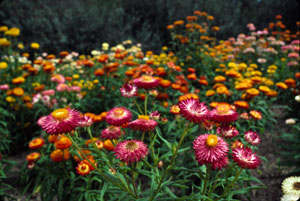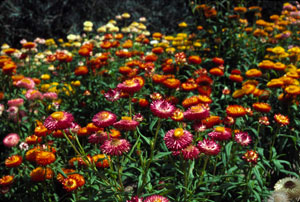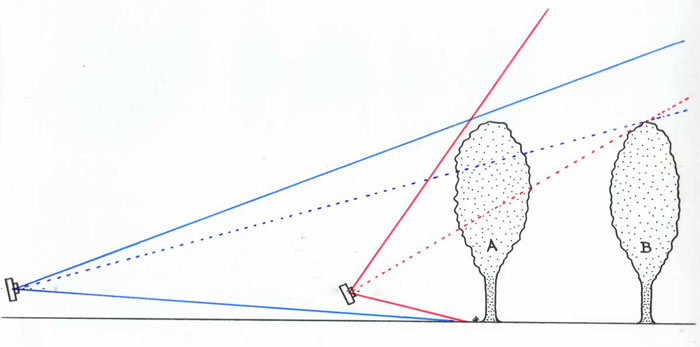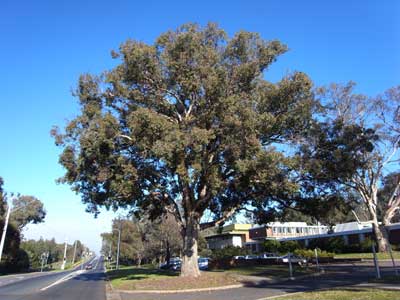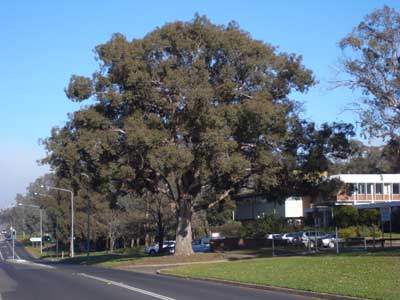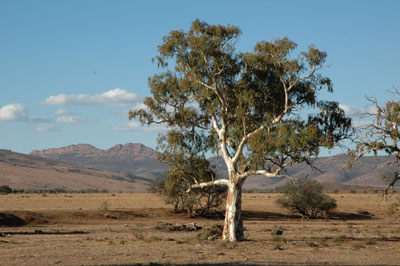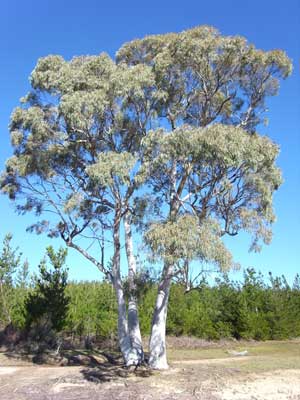Photographing Australian Plants
Lens focal-length — wide-angle to telephoto
What do we mean by the focal-length of the lens ?
Focal-length can roughly be defined as the distance between the lens and the image-receptor or film when focused on infinity.
In everyday life we tend to describe lenses as 'wide-angle' (short focal length), normal (~50-60 mm focal length), or telephoto (long focal length)
Many lenses today are 'zoom', meaning that you can change the effective focal length without changing lenses.
With digital cameras we tend to use the terminology '35 mm equivalent focal length' so that they can be compared with the old lenses used for film photography.
Some of the photos below were taken on film, some digital, all the focal lengths are given as '35 mm equivalent'.
from: http://www.digital-photography-student.com/lens-focal-length-explained/
So how does this affect flower photography ?
The main effect of lens focal-length concerns the relationship of the subject to its background.
In the illustration below, both the wide-angle (red) and telephoto (black) lens are focused on the same 5 flowers in the foreground, but look at the background.
The wide-angle lens (red) shows many more of the background flowers than what you will see using a longer focal-length lens (black) both focused on 5 foreground flowers.
In each photo the cluster of red daisy flowers in the foreground are about the same size, but the range of flowers in the background is different. (click to enlarge)
Using a wide-angle lens can help place the flowers in the context of their background, in most cases their habitat.
How does this work for trees ?
When filling the frame with a tree, the photographer can get much closer to the tree with a wide-angle lens and has to be much further back with a long focal lenght lens (which is often impossible).
With a wide-angle lens, the tree in full-frame will show more of the background, but background trees will be smaller, and more of the background also means more sky behind the tree so the shape of the canopy is more clearly seen.
In the drawing above the tree in the foreground (A) fills the frame in both cases,
with the wide-angle lens (red) the tree in the background (B) is proportionally smaller, and much of tree A has a sky background.
with the long focal-length lens (blue) the tree in the background (B) is proportionally larger and less of tree A is set off against sky.
In the case above the wide-angle lens (left) isolates the tree from its background, while the long focal-length lens (right) merges the tree with lots of background.
In the case below, the wide-angle lens (left) also isolates the tree from its background, but the normal lens (right) probably gives it more context in its environment.
In the two photos below, the wide-angle lens (left) isolates the tree from the pine plantation, which is more prominent with tele lens (right).
The change in camera angle also shows a distinct difference in the way sunlight is reflected from the eucalypt foliage.
![An Australian Government Initiative [logo]](/images/austgovt_brown_90px.gif)


